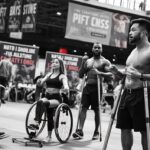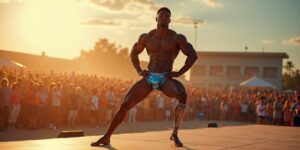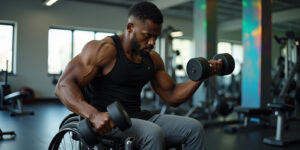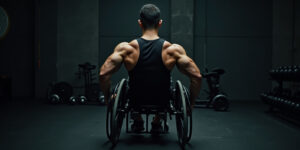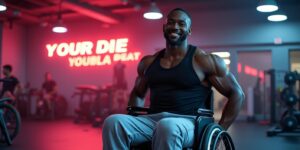Inclusive fitness: Empowering individuals of all abilities with accessible equipment, adaptive programs, and a supportive environment for everyone to stay active and healthy.
Have you ever witnessed the unyielding determination of disabled bodybuilders? Their journeys are not just about building muscles but about breaking stereotypes and inspiring change. Welcome to the inspiring world of inclusive fitness, where barriers crumble and possibilities soar.
Understanding Inclusive Fitness
Inclusive fitness is the concept of ensuring that fitness opportunities are available to everyone, regardless of physical ability. It’s about more than accessible equipment; it’s about creating a mindset that values diversity and adaptability.
For disabled bodybuilders, inclusive fitness is a game-changer. It opens doors to health, strength, and self-expression. Imagine a gym where everyone—from wheelchair users to amputees—feels empowered to work out. That’s the power of inclusivity.
Disabled Bodybuilders: Challenging the Norms
Society often associates fitness with physical perfection. Disabled bodybuilders challenge this notion by proving that strength comes in many forms. They redefine what it means to be fit, showcasing resilience, adaptability, and an unbreakable spirit.
One inspiring figure is Harold Kelley, a wheelchair bodybuilder and multiple-time world champion. Despite being paralyzed from the waist down, Harold’s dedication to inclusive fitness has made him a global icon. His story reminds us that physical limitations are no match for mental strength.
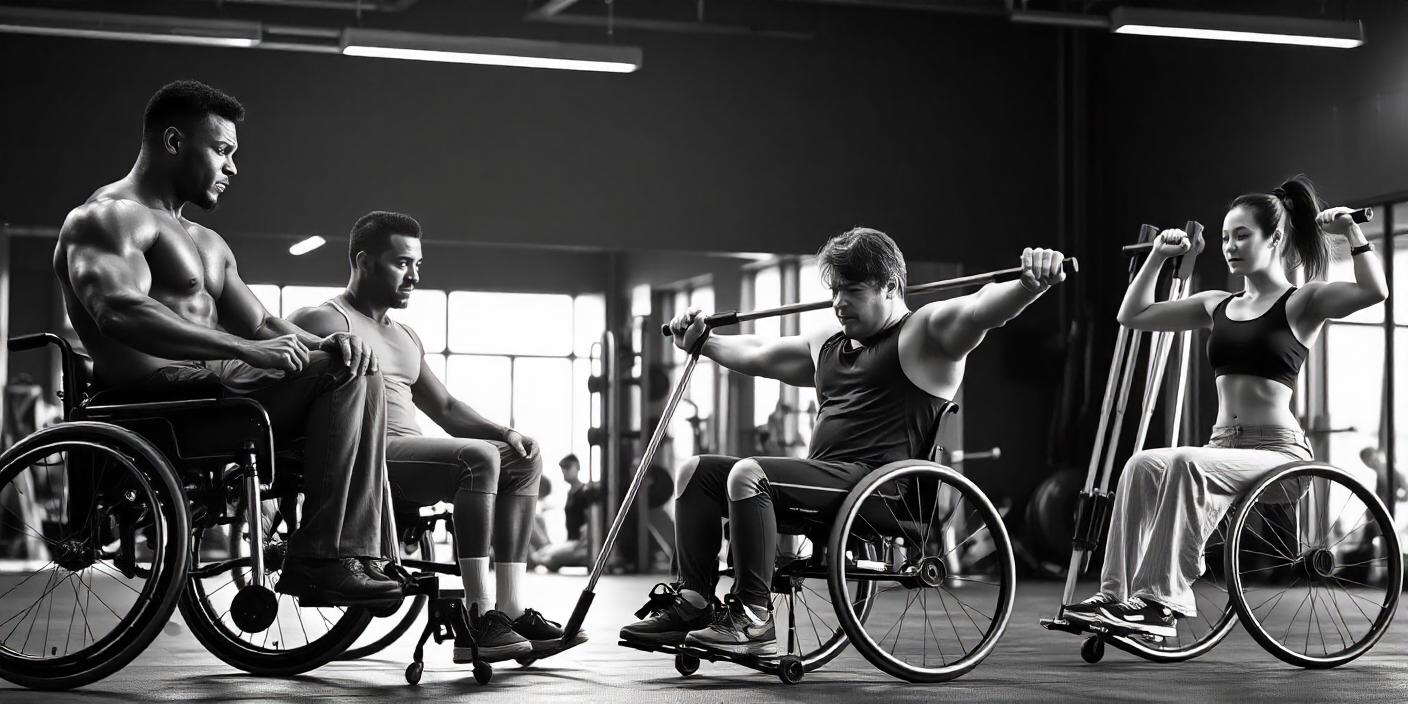
Building Inclusive Gyms
Creating spaces for inclusive fitness starts with accessible gyms. But accessibility goes beyond wheelchair ramps. It includes:
- Adjustable weight machines
- Wider spaces for mobility devices
- Visual and auditory aids for the visually or hearing impaired
- Trained staff who understand adaptive techniques
Such facilities ensure that disabled bodybuilders can train with confidence, focusing on their goals rather than their limitations.
Adaptive Training for Disabled Bodybuilders
Disabled bodybuilders use innovative training methods tailored to their abilities. Here are some examples:
- Wheelchair athletes focus on upper-body exercises like bench presses and pull-ups.
- Athletes with prosthetics adapt their routines to balance stability and strength.
- Athletes with limited mobility use resistance bands and isometric exercises to build strength.
These methods exemplify how inclusive fitness accommodates individual needs, proving that there’s no one-size-fits-all approach to health.
Overcoming Challenges
The journey of disabled bodybuilders is filled with challenges. From finding accessible gyms to dealing with societal prejudices, they face hurdles that test their resolve. However, inclusive fitness initiatives are helping to level the playing field.
Organizations like Adaptive Training Academy (ATA) provide resources and education to promote inclusivity in fitness. Their efforts empower disabled athletes to pursue their goals without hesitation.
Nutrition and Recovery
Like any athlete, disabled bodybuilders rely on proper nutrition to fuel their workouts. High-protein diets, supplements, and hydration play a crucial role in their fitness journeys. Recovery is equally important, with a focus on techniques like stretching, massage therapy, and adequate rest.
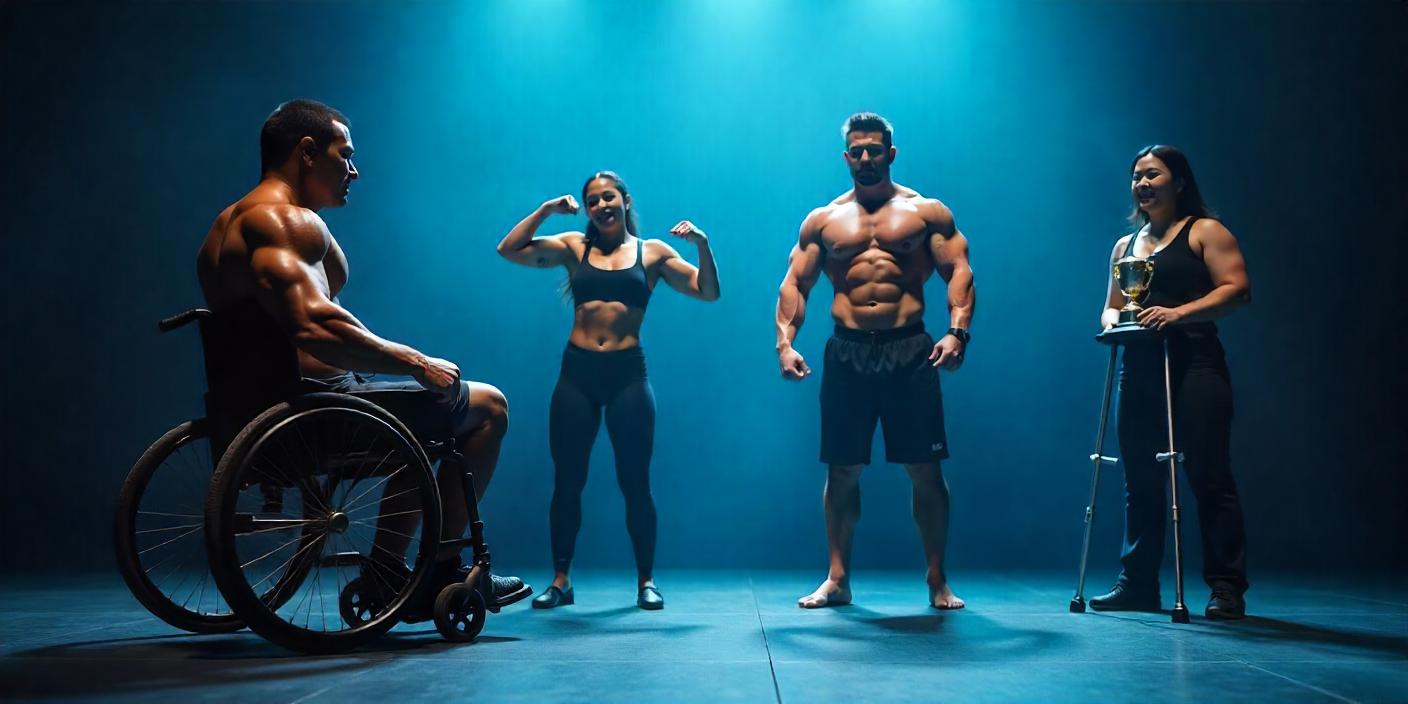
Celebrating Achievements
The world of inclusive fitness is filled with inspiring stories. Take Anthony Robles, a one-legged wrestler who became an NCAA champion, or Kanya Sesser, a legless bodybuilder and model breaking barriers in sports and fashion. Their achievements are not just personal victories but milestones for inclusivity.
These athletes prove that fitness is not about limitations but about possibilities. Their stories inspire others to embrace inclusive fitness and redefine their own boundaries.
The Broader Impact of Inclusive Fitness
Inclusive fitness doesn’t just benefit disabled bodybuilders; it enriches the entire fitness community. By promoting diversity and adaptability, it fosters a culture of acceptance and empathy. It also challenges societal perceptions of disability, proving that strength is universal.
Be Part of the Change
How can you support inclusive fitness? Start by advocating for accessible facilities in your community. Support adaptive sports programs or simply spread awareness about the achievements of disabled bodybuilders. Every action counts.
Remember, fitness is for everyone. Disabled bodybuilders show us that strength isn’t about what you can’t do; it’s about what you choose to do. Let’s celebrate their courage and work towards a future where fitness truly includes all.

